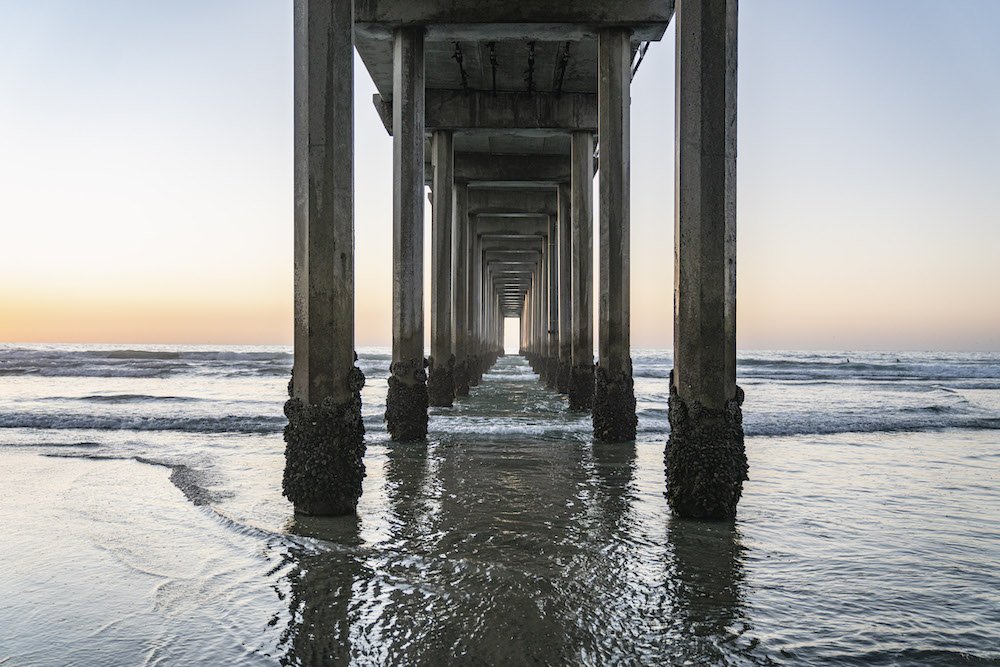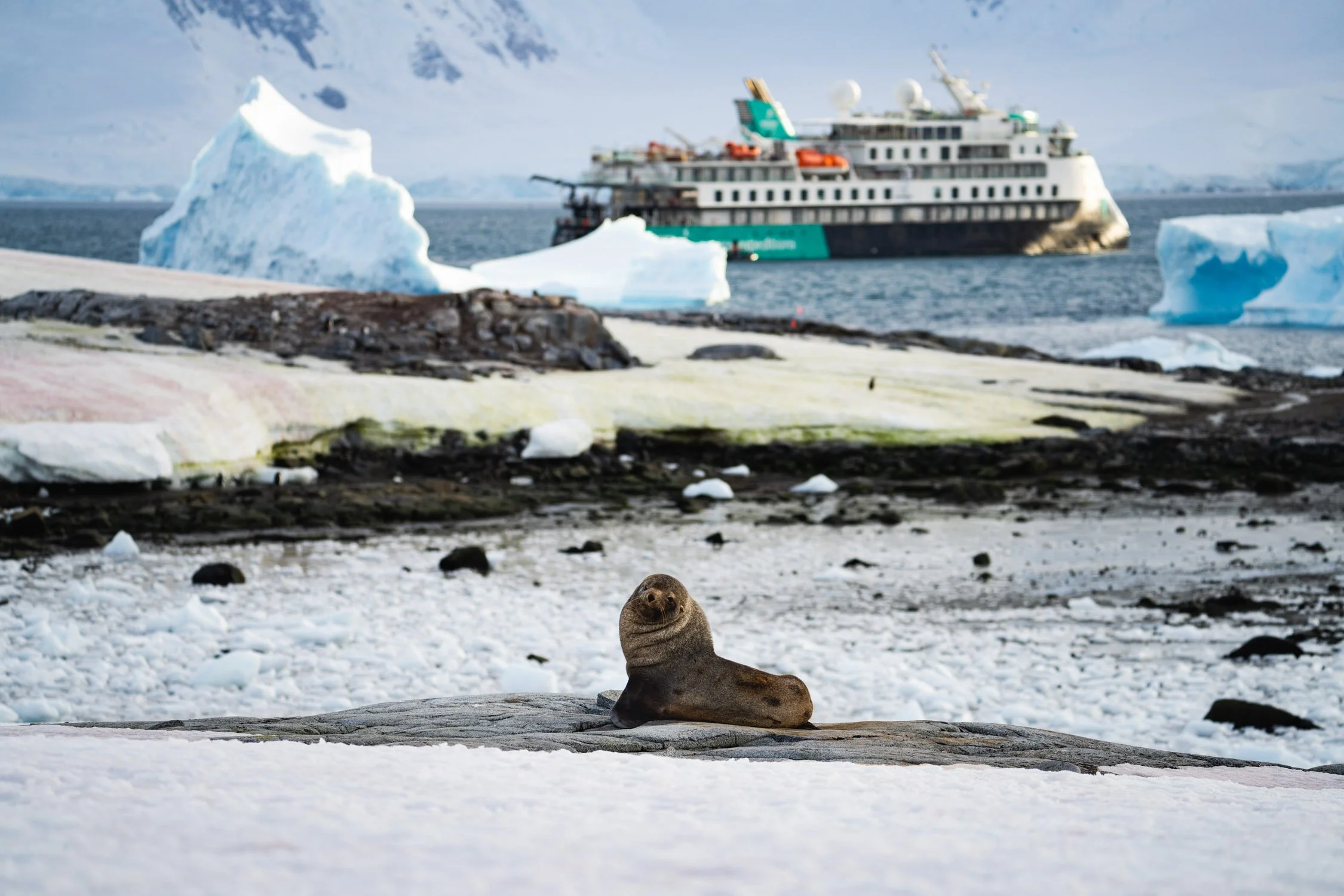Kayaking is a sport that brings us closer to nature, offering unique experiences that vary depending on the type of water you choose to paddle. Two primary branches of kayaking have captivated enthusiasts worldwide: whitewater kayaking and flatwater kayaking.
Each comes with its own set of thrills, skills, and environments. In this blog, we'll delve into the exhilarating world of kayaking, exploring the key differences between these two distinct styles.
Kayaking to a glacier, through iceburgs, in Alaska. Photo by Dalton Johnson
Whitewater Kayaking: Riding the Rapids
The Heart-Pounding Adventure
Whitewater kayaking is a heart-pounding adventure that unfolds on fast-moving, turbulent rivers, each with its unique personality. These waterways boast varying degrees of rapids, waves, and obstacles, creating a dynamic environment that can change in an instant. It's an adrenaline-pumping sport that challenges kayakers to navigate through a series of thrilling whitewater features, such as drops, eddies, and holes.
Mastering the Skills
To conquer these untamed waters, whitewater kayakers must possess advanced paddling skills. Precision is key as they maneuver their kayaks through treacherous terrain. Roll recovery becomes an essential skill to master, as capsizing is part of the territory. Additionally, reading river currents is crucial for safely navigating through the rapids.
Specialized Equipment
Whitewater kayaks are specially designed for this demanding environment. They are typically shorter and have a higher degree of rocker (curve) in the hull to facilitate quick turns and agile handling. Kayakers don specialized gear to ensure their safety, including helmets, spray skirts, and drysuits or wetsuits to protect against cold water and potential hazards.
Safety First
Safety is paramount in whitewater kayaking, given the unpredictable nature of the water. Kayakers must be well-versed in rescue techniques, as capsizing and entrapment in hydraulic features are real risks. Instructors and fellow kayakers often emphasize safety protocols, ensuring everyone is prepared for the challenges that lie ahead.
The Thrill and Risk
While whitewater kayaking promises an exhilarating experience, it's not without its risks. The dynamic nature of fast-moving water means that one must be prepared for anything. The thrill of conquering rapids and the raw beauty of nature make it an unforgettable adventure for those who dare to embark on this journey.
Flatwater Kayaking: Embracing Tranquility
A Serene Experience
In stark contrast to the wild, turbulent waters of whitewater kayaking, flatwater kayaking offers a serene experience. This form of kayaking unfolds on calm, still bodies of water, including lakes, ponds, slow-moving rivers, marshes, and canals. Here, the water is tranquil, mirroring the peacefulness of the surrounding natural landscape.
Accessible for All
Flatwater kayaking is highly accessible, making it an excellent choice for beginners and experienced kayakers alike. Basic paddling techniques are all that's needed to get started, and there's no need to worry about navigating through challenging rapids or treacherous waters. It's a sport that welcomes everyone, including those new to kayaking.
Efficiency and Stability
The design of flatwater kayaks reflects the calm conditions they're meant for. These kayaks are longer and have flatter hulls, providing stability and efficiency. This design allows kayakers to glide gracefully across the water with minimal effort, making it ideal for leisurely paddling.
Safety Matters
Safety is still a crucial aspect of flatwater kayaking. While the risks are generally lower than in whitewater kayaking, wearing a Personal Flotation Device (PFD) is essential. Specialized gear is not always required, but responsible kayakers should be prepared for any unexpected situations.
Purposes of Flatwater Kayaking
Flatwater kayaking serves a variety of purposes. Many individuals choose it for recreational purposes, seeking a leisurely way to enjoy the water and soak in the tranquility of nature. It's also an excellent choice for wildlife observation, as the calm waters provide a quiet approach to observing aquatic life.
Choosing Your Kayaking Adventure
The decision between whitewater and flatwater kayaking ultimately depends on your skill level, risk tolerance, and the type of experience you seek. Here's a recap of the key factors to consider when making your choice:
Skill Level: Whitewater kayaking demands advanced skills, while flatwater kayaking is beginner-friendly.
Adventure vs. Tranquility: Whitewater kayaking offers excitement and adventure, while flatwater kayaking provides a more relaxed and peaceful experience.
Equipment: Whitewater kayaks are designed for maneuverability and durability, while flatwater kayaks prioritize stability and efficiency.
Safety: Safety is paramount in both forms of kayaking, but whitewater kayaking carries a higher level of risk.
Purpose: Consider your goals. Are you seeking an adrenaline rush or a tranquil day on the water?
Kayak fishing on a lake in Oru Kayaks. Photo by Dalton Johnson
Both whitewater and flatwater kayaking have their merits, offering unique opportunities to connect with nature and explore the beauty of our world's waterways. When choosing your kayaking adventure, it's crucial to align your decision with your abilities, preferences, and the kind of experience you desire.
Whether you crave the thrill of conquering rapids or prefer a peaceful paddle through still waters, kayaking has something to offer everyone. So, grab your paddle, don your gear, and embark on your own kayaking adventure today!







